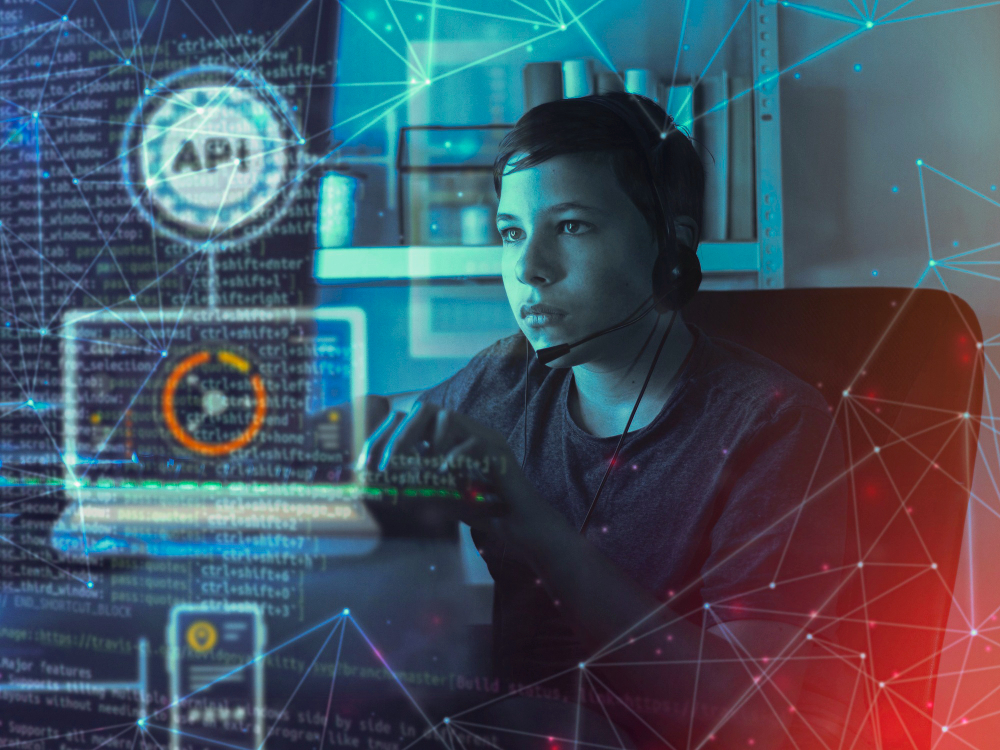At the point when you feed some unacceptable information source into a huge language model (LLM), you get information harming – one more term out of nowhere in the normal vernacular in tech organizations. This moment, LLMs aren’t worked to ‘unremember’ data.
Inside the giant framework of OpenAI and different stages, it’s close to difficult to eliminate mistaken information, so it really depends on security pioneers to ensure that LLMs are just getting taken care of the right data in any case.
How do we have any idea what our man-made intelligence motor knows, and how would we believe that what it’s gaining is really coming from a wellspring of truth?
In the midst of all the energy over GenAI and how it makes AI available, we should direct our concentration toward the security and veracity of the information we are taking care of into the models, and what they’re yielding.
Uploading of AI Security Source Code is an Impractical notion
For each security device worked to identify a Cyber-attack, there comes an intrusive workaround by cybercriminals. With simulated intelligence, the greatest network safety risk comes in the preparation.
A simulated intelligence instrument can be utilized to tackle monotonous errands or improve known designs, so taking care of disinfected security code into an artificial intelligence device can assist with making the code more proficient. Notwithstanding, however enticing as it seems to be to take care of a computer based intelligence model the source code of your security apparatuses, that activity accompanies an unwanted gamble. You’re basically giving your simulated intelligence model the instruments it requirements to avoid your security framework and ultimately make malevolent result.
This is especially obvious while setting out upon inventive or creative use cases that require delicate information to be taken care of into the model. For clear protection and security reasons, this is definitely not a smart thought. Contingent upon the GenAI learning mode, it could turn out to be truly challenging – even unimaginable – for the model to forget the information.
Pressing Need to Harden Guardrails
There’s an immensely important use case for utilizing computer based intelligence to compose low-level code. It’s as of now being finished in many associations. Designs consistently use ChatGPT, GitHub and other GenAI instruments to compose their ordinary code. Be that as it may, in general, associations need to make guardrails around computer based intelligence made code. Depending on the ‘information on’ GenAI can be a security issue assuming the model has been taken care of with information for pernicious aim (back to that thought of information harming).
The yellow banner here, as far as I might be concerned, is having the option to separate between machine-recorded code and human-composed code the line. In the event that there ends up being an issue with the machine-composed code, it should be hailed so it tends to be quickly resigned or rectified. At this moment, artificial intelligence composed code is being embedded consistently in with the general mish-mash so that it’s difficult to tell who, for sure, composed which pieces of code. The lines are obscured, and we want them to be clear with a depiction or labeling instrument of some kind.
Something else to consider: Code written to perform delicate errands and handle touchy information should be considered cautiously prior to being enhanced by computer based intelligence. When that code is submitted and educated, it becomes public information on a sort and, once more, it’s unimaginable for the model to forget what you instruct it. Mull over whether you need to impart your insider facts to outsiders.
Artificial intelligence should Demonstrate its Dependability
In addition to the fact that AI needs time and information to develop, yet we – genuine live individuals – need time and data to change in accordance with confiding in simulated intelligence. At the point when the cloud was presented 10 years or so back, individuals had one or two doubts about putting their substance up there. Presently, it’s viewed as the state of affairs and, as a matter of fact, best practice to store content and even applications in the cloud. This solace level required years, and a similar will occur with computer based intelligence.
For security experts, zero trust is a mantra. Beginning areas of strength for with foundation guarantees secure items, and one of the primary objectives of CISOs in the next few long stretches of time will be to guarantee that computer based intelligence is being utilized appropriately and that elements are secure. This implies applying all essential parts of safety to simulated intelligence – including personality and access the executives, weakness fixing and that’s just the beginning.
Google’s Security man-made intelligence System (SAIF) and the NIST man-made intelligence Chance Administration Structure are the two efforts to make security norms around the structure and conveying of computer based intelligence. They are applied structures to address top-of-mind worries for security experts, reflecting zero trust, yet explicitly in the simulated intelligence space.
With guardrails set up, and some time, trust around computer based intelligence as an idea will develop.


